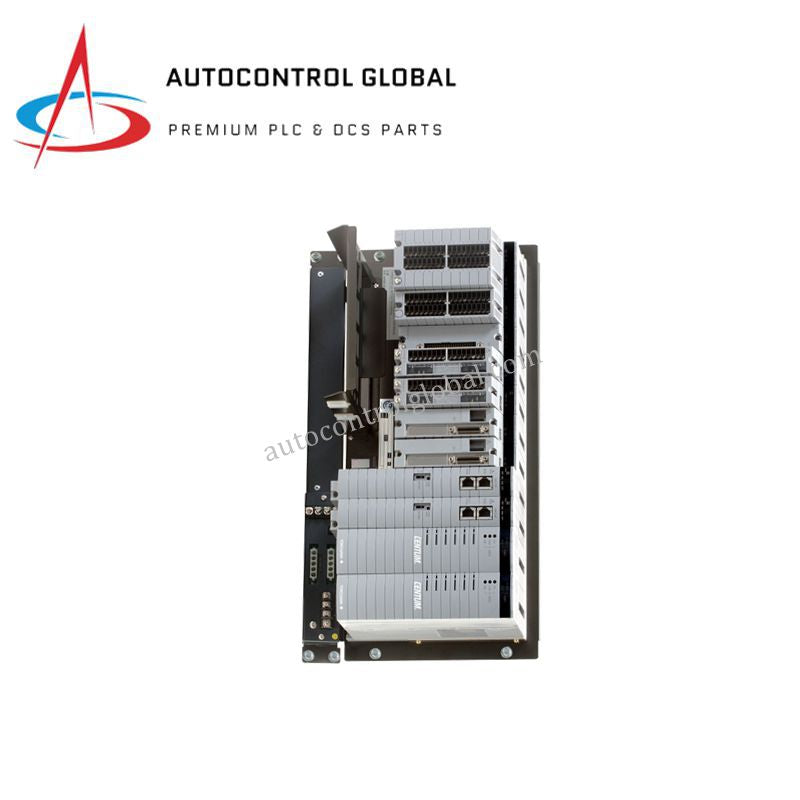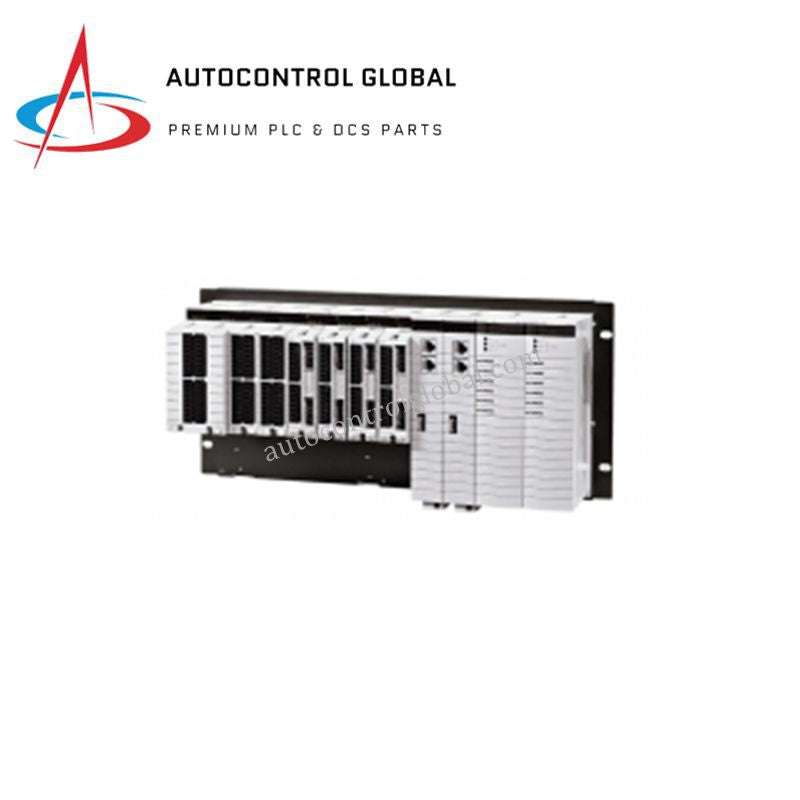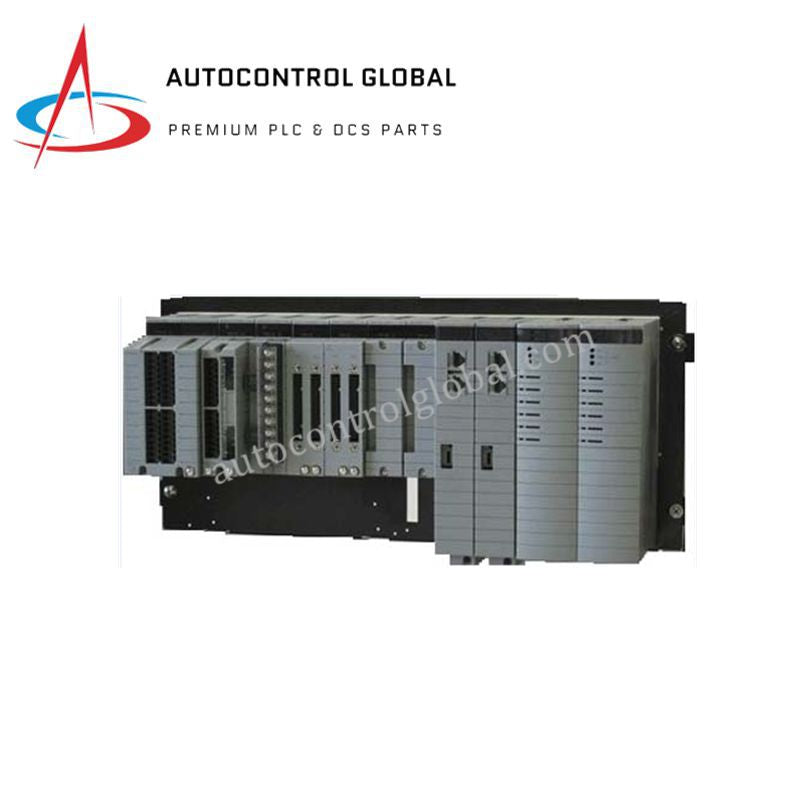


ANT502-50 | Yokogawa Industrial Automation Optical Module
Manufacturer: Yokogawa
-
Part Number: ANT502
Condition:New with Original Package
Product Type: Industrial Automation Optical Module
-
Country of Origin: Japan
Payment:T/T, Western Union
Shipping port: Xiamen
Warranty: 12 months
Product Description
The Yokogawa ANT502-50 is a high-performance Optical ESB Bus Node Unit designed for CENTUM VP Distributed Control Systems (DCS).
It enables high-speed optical communication across long distances, enhancing system reliability and flexibility.
This module supports chain and star network topologies, making it suitable for industrial environments requiring robust data transmission.
Its compact design, low power consumption, and versatile mounting options allow easy integration into control panels or DIN rails.
Technical Specifications
| Specification | Details |
|---|---|
| Model Number | ANT502-50 |
| Product Type | Optical ESB Bus Node Unit |
| Communication Type | Optical transmission over ESB |
| Maximum Transmission Distance | Up to 5 km |
| Power Supply | 24 V DC |
| Power Consumption | < 5 W |
| Dimensions (W × H × D) | 155.9 mm × 130 mm × 32.8 mm |
| Weight | 0.25 kg |
| Mounting Options | Panel mount or DIN rail |
| Operating Temperature | –20°C to +60°C |
| Storage Temperature | –40°C to +85°C |
| Condition | New and original |
| Certifications | COO (Certificate of Origin), Test Report |
| Applications | Distributed control systems, long-distance industrial communication, high-reliability automation networks |
FAQs
Q1: What is the primary function of the ANT502-50?
A1: It serves as a long-distance optical ESB bus communication node for CENTUM VP systems.
Q2: What is the maximum transmission distance?
A2: The ANT502-50 supports optical transmission up to 5 km.
Q3: What power supply does this module require?
A3: It operates on 24 V DC with less than 5 W power consumption.
Q4: Can it be mounted on DIN rails?
A4: Yes, it supports panel mounting or DIN rail installation.
Q5: Is it suitable for harsh industrial environments?
A5: Absolutely, it operates from –20°C to +60°C and supports robust network topologies.
